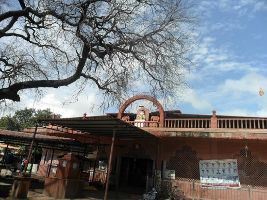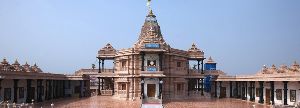About Carnival of Oruro
Join in the street party at the annual Carnival in Oruro, a city that was d the Bolivian folklore capital by law, is a festival of different customs. Listed by UNESCO as a Masterpiece of the Oral and Intangible Heritage of Humanity, Bolivias largest annual celebration is a massive event and said to draw in around 400,000 people. Its centrepiece is La Diablada, the Dance of the Devils, an extraordinary parade that showcases demonic dancers in extravagant costumes. It is often viewed as one of the world's last 'authentic' cultural celebrations.
The 4 kilometer long entrada entrance procession takes place on the Saturday before Ash Wednesday and features 20,000 dancers and 10,000 musicians, so many people that the parade lasts up to 20 hours. Its led by a brightly costumed San Miguel character. Behind him, dancing and marching, come the famous devils and a host of bears and condors. The chief devil, Lucifer, wears the most extravagant costume, complete with a velvet cape and an ornate mask. Faithfully at his side are two other devils, including Supay, an Andean god of evil who inhabits the hills and mineshafts. The procession is followed by other dance groups, vehicles adorned with jewels, coins and silverware, and miners who offer the years highest-quality mineral to El Tio, the demonic character who is owner of all underground minerals and precious metals.
This is the carnival where religious symbolism and different cultures in the country meet, coexist and communicate in song and dance, in harmonious sounds and discords. It offers both the visitor and the native a spectacle worthy of the faith it represents and a moving devotion. Ancient rites, customs and traditions revive and survive during carnival. Symbolic sacrifices in ceremonial tables and a tremendous faith and worship of Pachamama land along with the ceremonies for the mountain spirits, Achachilas, and minor spirits, Mallkus, are a part of an ancient festival that moves from a
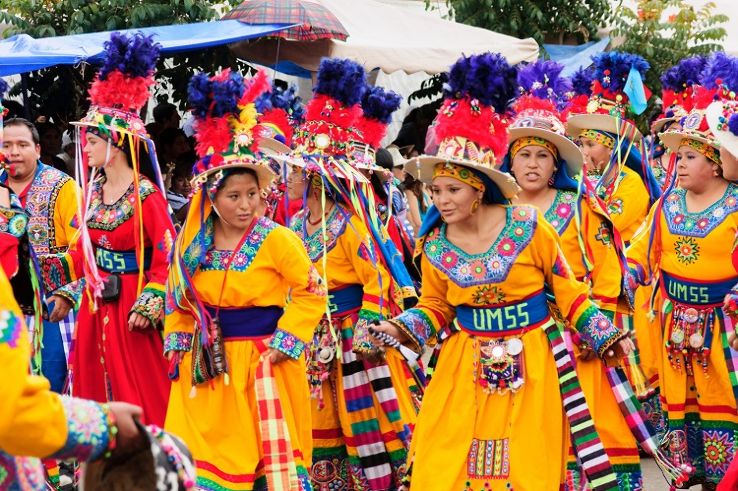
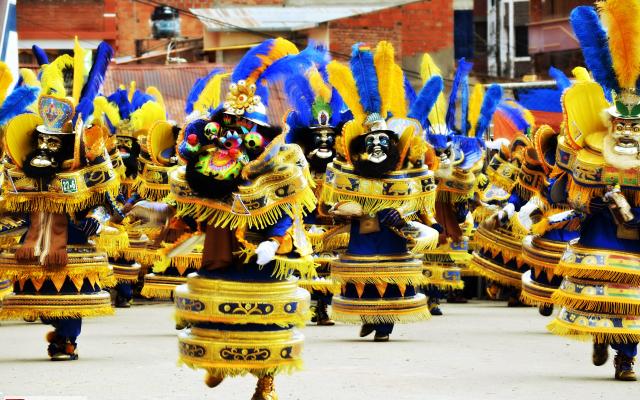
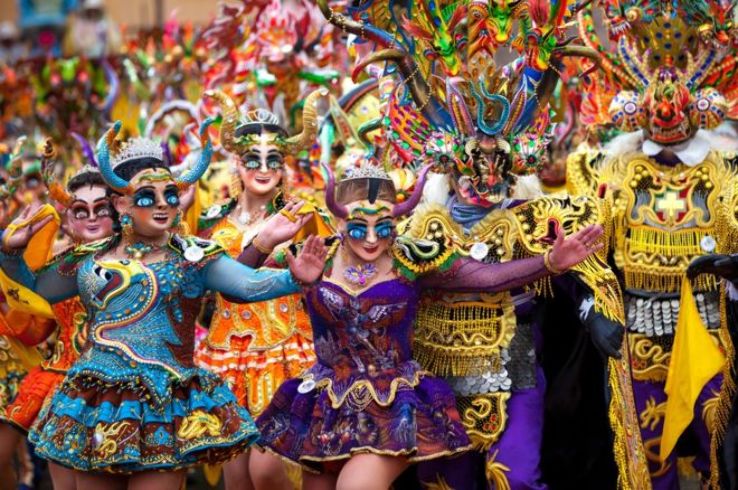
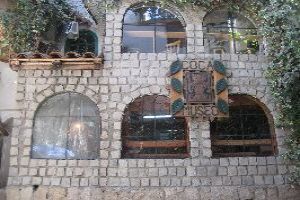
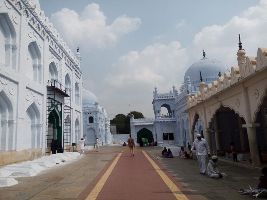
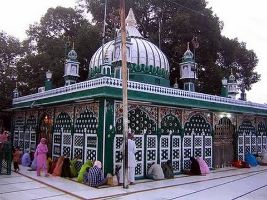
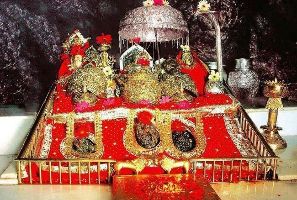
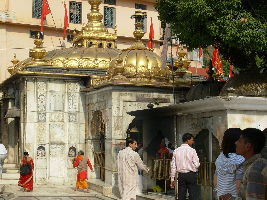
_1508092761t.jpg)
_1511362044t.jpg)
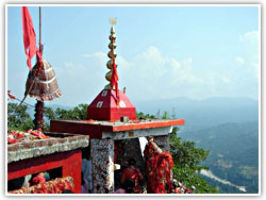
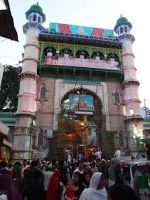
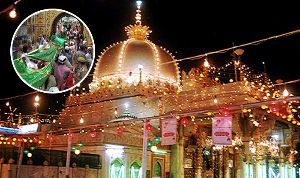
_1508252206t.jpg)
